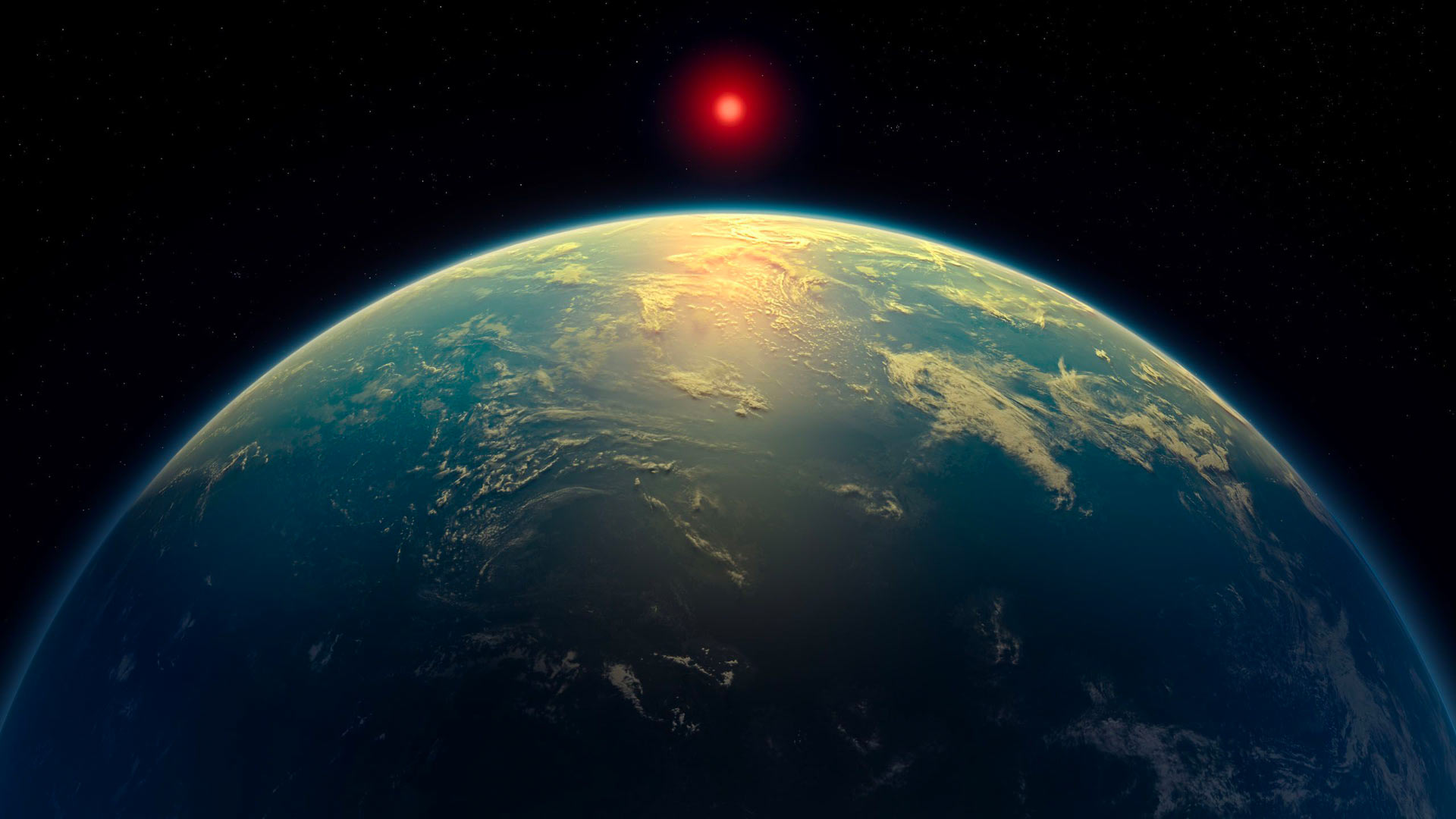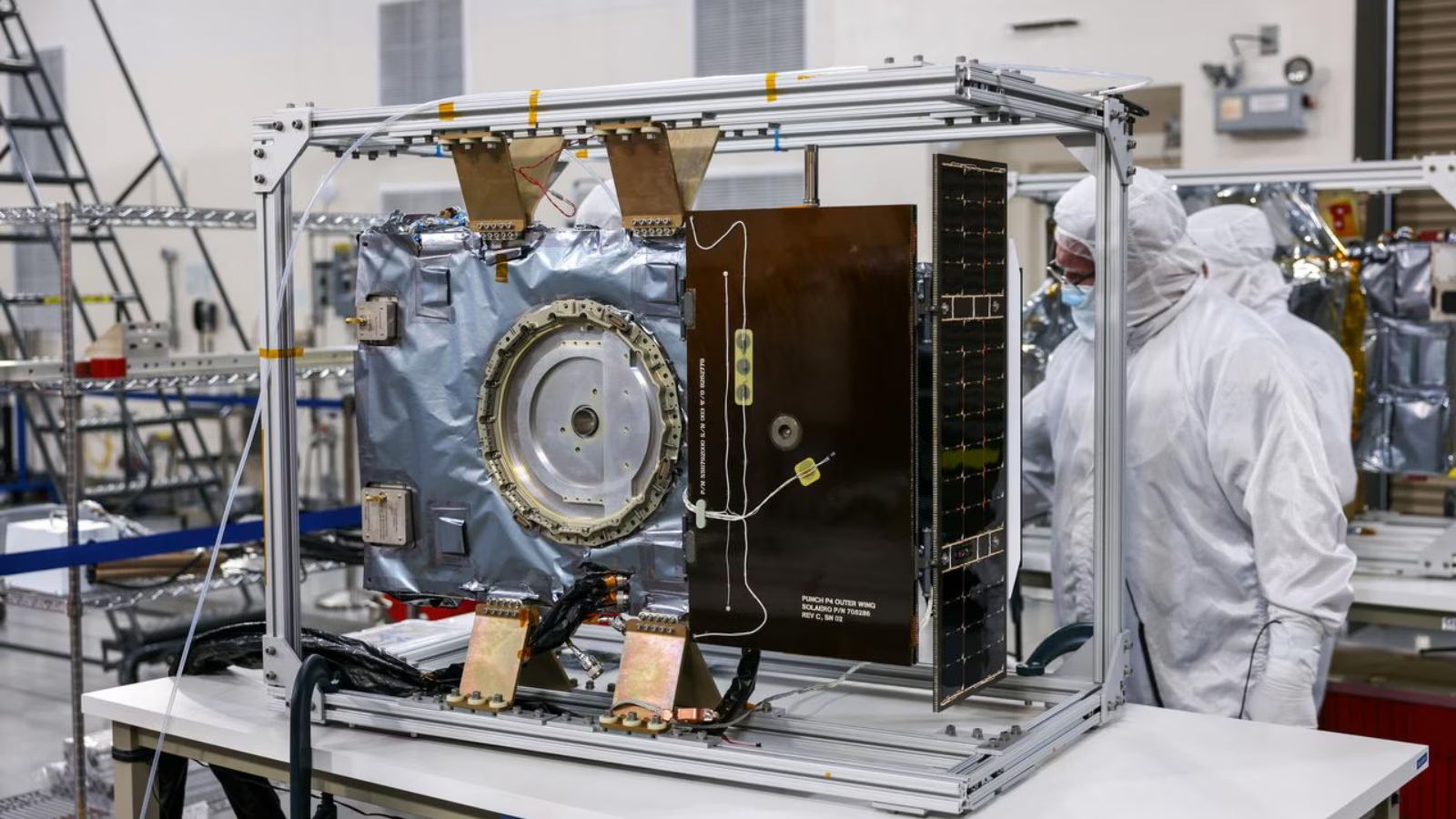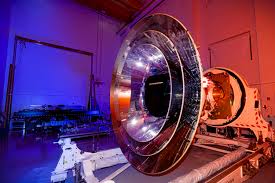- Courses
- GS Full Course 1 Year
- GS Full Course 2 Year
- GS Full Course 3 Year
- GS Full Course Till Selection
- CSAT
- 5 LAYERED ARJUNA Mentorship
- Public Administration Optional
- Online Program
- GS Recorded Course
- NCERT Batch
- Polity Module Course
- Geography Module Course
- Economy Module Course
- AMAC Module Course
- Modern India, Post Independence & World History Module Course
- Environment Module Course
- Governance Module Course
- Science & Tech. Module Course
- International Relations and Internal Security Module Course
- Disaster Management Module Course
- Ethics Module Course
- Essay Module Course
- Current Affairs Module Course
- ABOUT US
- OUR TOPPERS
- TEST SERIES
- FREE STUDY MATERIAL
- VIDEOS
- CONTACT US
Cambridge Scientists Discover Biosignatures on Exoplanet K2-18 b Using James Webb Space Telescope (JWST)
Cambridge Scientists Discover Biosignatures on Exoplanet K2-18 b Using James Webb Space Telescope (JWST)
19-04-2025

- Discovery Overview: Scientists detected two chemical gases – Dimethyl Sulfide (DMS) and Dimethyl Disulfide (DMDS) – on exoplanet K2-18 b, gases primarily produced by marine phytoplankton (algae) on Earth.
- Earlier Findings: Previous observations by JWST had already identified methane and carbon dioxide in K2-18 b’s atmosphere.
Key Details of the Discovery
- Concentration Levels: The concentration of DMS and DMDS in K2-18 b’s atmosphere is thousands of times stronger than those found on Earth.
- Method Used: The Transit Method was employed, where JWST detected a drop in stellar brightness as K2-18 b transited, allowing for the measurement of atmospheric composition.
- Hycean Exoplanet: The discovery strengthens the case for K2-18 b being a Hycean Exoplanet, a type of planet with a hydrogen-rich atmosphere and an ocean-covered surface, making it potentially habitable.
- Statistical Significance: The observations achieved a three-sigma level of statistical significance, indicating only a 0.3% probability of being a chance occurrence.
About K2-18 b
- Planet Characteristics: K2-18 b is an exoplanet (a planet outside our solar system) that is 8.6 times more massive than Earth, with a diameter about 2.6 times that of Earth.
- Orbital Details: It orbits the cool dwarf star K2-18 within the habitable zone and is located 120 light-years away from Earth in the constellation Leo.
About the James Webb Space Telescope (JWST)
- Launch and Purpose: The JWST was launched in 2021 as a collaboration between NASA, the European Space Agency (ESA), and the Canadian Space Agency (CSA). It aims to explore the early universe, the formation of stars, and planets, among other cosmic phenomena.
- Orbit: The telescope orbits the Sun 1.5 million kilometers away from Earth at the second Lagrange point (L2), providing a stable location for its observations.
|
Also Read |
|
| NCERT Books For UPSC | |
| UPSC Monthly Magazine | Best IAS Coaching in Delhi |




